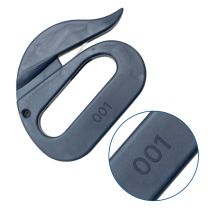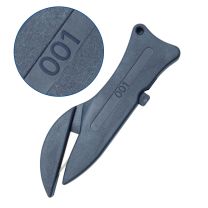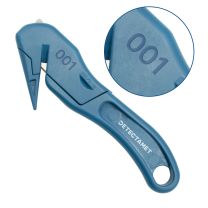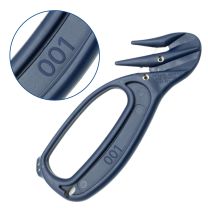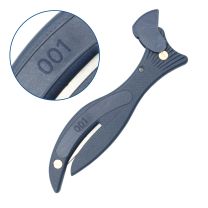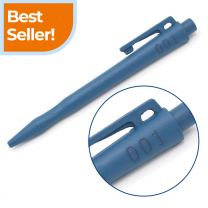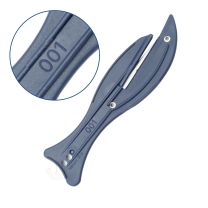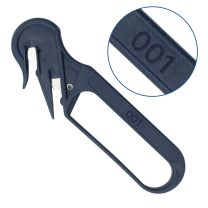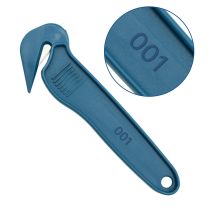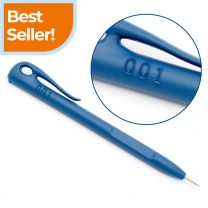Trazabilidad numerada secuencialmente
Sequential numbering of tools and equipment in food production offers considerable benefits, improving operational efficiency, safety, compliance, and inventory management. This approach, which involves assigning unique, sequential numbers to tools used in food processing, allows for easy identification and tracking.
Food production facilities must comply with strict food safety regulations that require detailed records of tools and equipment. Sequential numbering supports compliance by providing an organized system for tracking tool usage and maintenance. When tools are metal detectable, compliance with food safety standards is enhanced, as they reduce the risk of foreign objects contaminating food products.
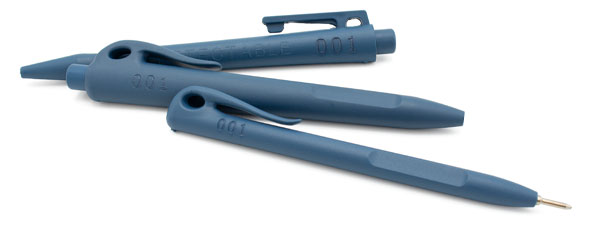

 Detectamet Europe (Español - € EUR ) Haga clic aquí para cambiar su moneda, región e idioma.
Detectamet Europe (Español - € EUR ) Haga clic aquí para cambiar su moneda, región e idioma.


